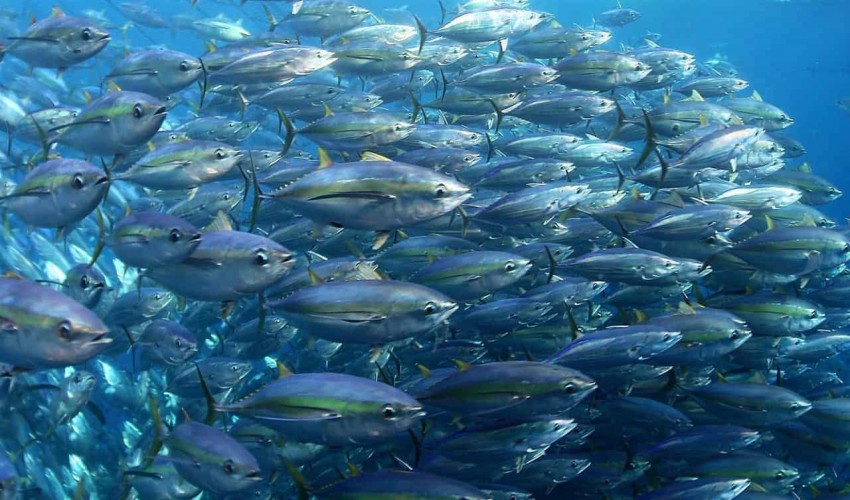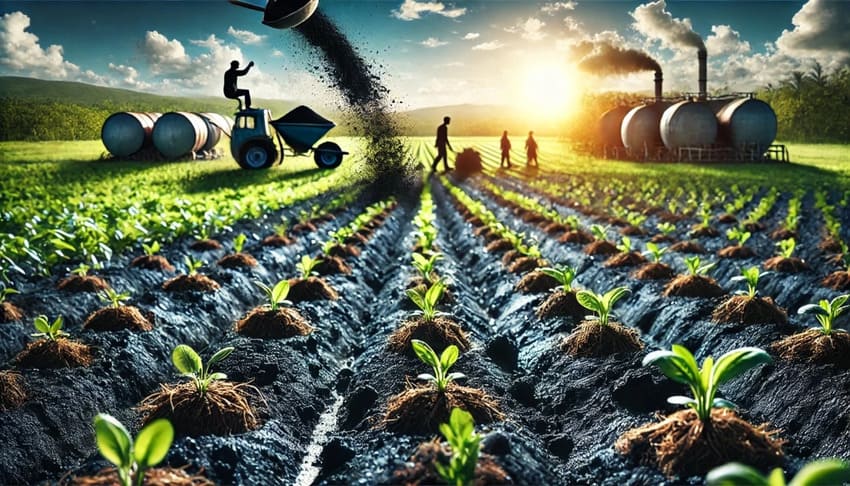
Fisheries
Generally a fishery is an entity engaged in raising or
harvesting fish which is determined by some authority to be a fishery.[1]
According to the FAO, "a fishery is an activity leading to harvesting of
fish. It may involve capture of wild fish or raising of fish through
aquaculture." It is typically defined in terms of the "people involved,
species or type of fish, area of water or seabed, method of fishing, class of
boats, purpose of the activities or a combination of the foregoing
features". The definition often includes a combination of fish and fishers
in a region, the latter fishing for similar species with similar gear types.
Some government and private organizations, especially those focusing on
recreational fishing include in their definitions not only the fishers, but the
fish and habitats upon which the fish depend.
A fishery is an area with an associated fish or aquatic
population which is harvested for its commercial value. Fisheries can be marine
(saltwater) or freshwater. They can also be wild or farmed.
Wild fisheries are sometimes called capture fisheries. The
aquatic life they support is not controlled in any meaningful way and needs to
be "captured" or fished. Wild fisheries exist primarily in the
oceans, and particularly around coasts and continental shelves. They also exist
in lakes and rivers. Issues with wild fisheries are overfishing and pollution.
Significant wild fisheries have collapsed or are in danger of collapsing, due
to overfishing and pollution. Overall, production from the world's wild
fisheries has levelled out, and may be starting to decline. As a contrast to
wild fisheries, farmed fisheries can operate in sheltered coastal waters, in
rivers, lakes and ponds, or in enclosed bodies of water such as tanks. Farmed
fisheries are technological in nature, and revolve around developments in
aquaculture.
- Principles of Aquaculture
- Freshwater Aquaculture
- Taxonomy of Finfish
- Anatomy of Finfish and Shellfish
- Taxonomy of Shellfish
- Biology of Finfish and Shellfish
- Meteorology and Geography
- Soil and Water Chemistry
- Principles of Biochemistry
- Limnology
- Fundamentals of Microbiology
- Food chemistry and Fish in Nutrition
- Information & Communication Technology
- Biochemical Techniques and Instrumentation
- Fishery Economics
- Fish Nutrition and Feed Technology
- Aquaculture Engineering
- Culture of Fish Food Organisms
- Ornamental Fish Production and Management
- Inland Fisheries
- Coastal Aquaculture and Mari culture
- Oceanography
- Physiology of Finfish and shellfish
- Marine Biology
- Fishing Craft and Gear Technology
- Refrigeration and Freezing Technology
- Canning and Fish Packaging Technology
- Statistical Methods in Fisheries
- Extension Education in Fisheries
- Fisheries Administration and Legislation
- Finfish Breeding and Hatchery Management
- Biotechnology & Bioinformatics in Fisheries
- Shellfish Breeding and Hatchery Management
- Fishery Genetics and Breeding
- Diseases and Management
- Fish Population Dynamics and Stock Assessment
- Marine Fisheries
- Aquatic Pollution and Coastal Zone Management
- Aquatic Ecology and Biodiversity
- Fish Products and By-products Technology
- Navigation and Seamanship
- Fish Microbiology and Quality Assurance
- Disaster Management in Fisheries
- Financing and Marketing Management in Fisheries
Recent Published
Submit Manuscript
To give your manuscript the best chance of publication, follow these policies and formatting guidelines.


